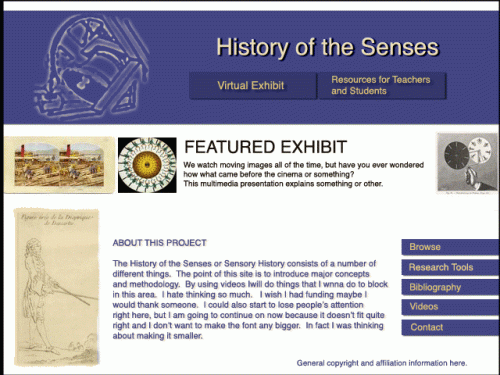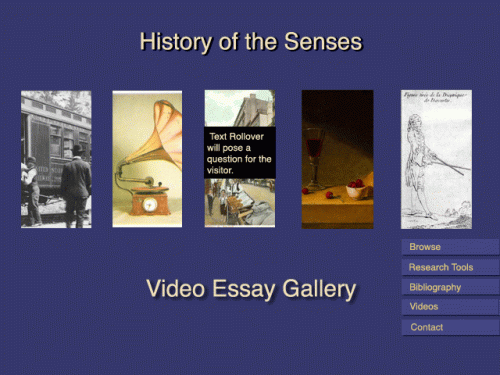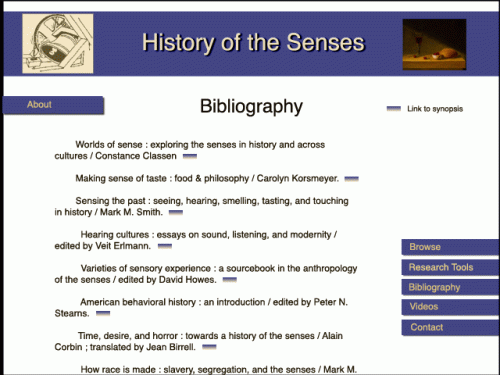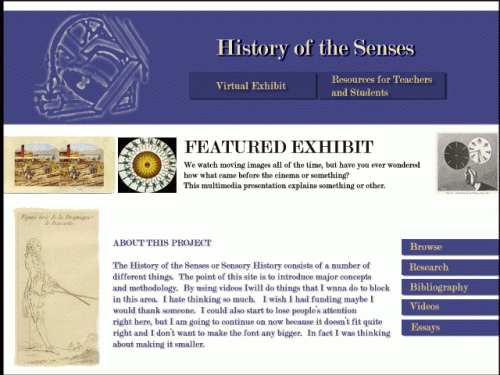I read Staley’s work, Computers, Visualization and History, last summer and was inspired by it for personal reasons. I am a non-traditional graduate student, returning after working in television for ten years, primarily as a videographer and editor. I decided to pursue a public history track due to my situation and background. But Staley has convinced me that my visual communication skills can be used, not only in the context of educational or museum work, but also for rigorous academic history. This depends on the cooperation of academic departments who have long relegated visual and experiential history as a kind of applied work, not the domain of academic inquiry. After my first semester of graduate school, a rereading called attention to some other significant points that Staley makes.
- A study of how visualizations can be used by historians is a good way to understand the limitations of written history, particularly in terms of it’s linear structure and it’s treatment of causality. Visualizations may be better suited to represent multiple patterns of causation. One of the problems I experienced when producing historical documentaries was trying to avoid an overarching, authoritative narrative. I could do this by juxtaposing two or more perspectives, but these still had to be presented in a linear fashion. Visualizations can be used to present different points of view non-sequentially, overcoming this obstacle.
- There is a good deal of debate concerning the usefulness of experiential history, particularly museum installations and reenactment. But these methods do not have to serve the sole function of provoking interest in history among the general public by “recreating” the past. They are abstractions of the past, just like written history and thus, can be used as models for understanding the past.
- Visualizations have a tendency to serve as models for synthesis rather than analysis and are more likely to demonstrate continuity than change. Perhaps historians have been too focused on analysis and change. In order to accept visualizations, historians may have to change some of their assumptions about how they understand events over time and through space.
- Staley suggests, at one point, that visualizations may appeal more to social historians than to intellectual or cultural historians. Many cultural historians are attracted to the work of anthropology and comparative approaches. What Staley describes as, “thick depiction” might be of particular use to cultural historians. World history and world systems approaches seem particularly suited to this visual approaches as well.
- Staley agrees with Rosenstone that visual media have difficulty relating concepts like revolution, which words are well equipped to do. The use of images, text and sound together may be able to adjust for the limits of images, when working in new media. But as Staley points out, when creating a visual secondary source, it is important to avoid creating a work that is consists of a, “‘verbal structure’ with visual accompaniment.” (77)
- Archives are full of photographs, films, videos and material artifacts that so far have not received much attention from historians. Visual secondary sources may be better suited to include these sources.
If you found this book of particular interest, you may want to take a look at Bill Turkel’s work with history appliances and his discussion of humanistic fabrication, which holds the potential of creating haptic secondary sources.
Andrea Odiorne






